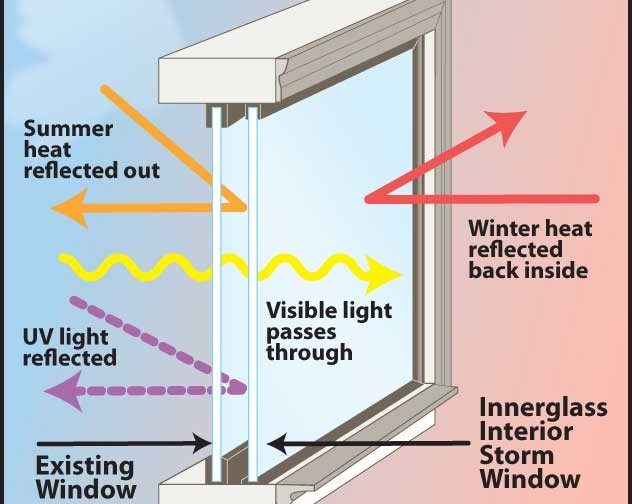All Categories
Featured
Table of Contents
Which Type Of Double Glazed Window Frame Is Right For You? in Menora Perth
That window can send more solar heat in winter than in summertime. A west-facing window on a summer's afternoon has an angle of occurrence from near 0 as much as 30 with a large effective location of solar radiation. A north-facing window, in summer, has a high angle of incidence and a low efficient area of solar radiation, so can transmit less heat than a west-facing one.

You can quickly and quickly improve the thermal performance of your home by changing your windows. This is one of the most reliable methods of renovation to achieve enhanced thermal convenience. There are thousands of types of glass and frames to select from. Choosing the ideal ones is crucial to improving the energy performance of your home.
Glazing And Glass Options - Smarter Homes in Bedfordale WA
There are various types of glass items to pick from. Single glazing utilizes a single pane of glass. Single glazing with clear glass is not really effective when it comes to heat loss or gain. To enhance performance, you can use single glazing with a more energy-efficient kind of glass such as low emissivity (low-e) glass.
The energy efficiency of IGUs also depends on: the residential or commercial properties of each layer of glass. Different glass types (for example, clear and low-e glass) can be put together in an IGU.
Why Do You Need Double Glazing Windows In Summer? in Claremont Perth

IGU cavities can be filled with air or a more inert, low-conductivity gas such as argon the width of the cavity. Cavity thickness is normally 6 to 18mm. Broader cavities offer lower (better) U worths, with 12mm generally accepted as the preferred space how well the cavity is sealed. Cavities must be dry and well sealed to avoid moisture getting in.
If argon is installed to the cavity in place of air, wetness is reliably left out the level of desiccant (drying agent). The spacer (metal or polymer strip) that separates the glass layers contains a desiccant to absorb any moisture. Inadequate desiccant may cause wetness to condense on the glass surface area in cold conditions, reducing thermal performance.
Top 10 Tips To Keep Your Home Cool in Bentley Perth
In reality, IGUs can provide much better energy efficiency for all environments, particularly in heated and air-conditioned homes. Cross-section information of single, double and triple-glazing units Low emissivity glass (commonly referred to as low-e glass) minimizes heat transfer. Low-e glass might be either high or low transmission: High transmission low-e glass has a covering that permits daytime from the sun to pass into your house to accomplish excellent solar heat gain, however decreases the amount of the long wavelength infrared heat that can get away back through the window.
Low-e glass has either a pyrolytic coating or a vacuum-deposited thin movie metal covering. Pyrolytic coverings are resilient and can be utilized for any glazing; vacuum-deposited finishings are soft and are only utilized within IGUs. Low-e finishings can considerably improve both U value and SHGC; nevertheless, they must be utilized correctly or they will either deteriorate or fail to perform as needed.
Canberra Window Replacement - Upvc Double Glazed ... in Jolimont Western Australia
Low-e coatings can be used in combination with clear, toned or reflective glass. Low-e coatings on glazing can decrease heat transfer where required Photo: Department of Market, Science, Energy and Resources Toned glass has colouring ingredients included throughout manufacture. It is available in numerous colours, normally bronze, grey, blue and green.
Latest Posts
Double Glazed Windows in Floreat Perth
Insulated Glass Unit – Igu in Lathlain Perth
What Is Triple Glazing? - Infinite Windows in Attadale Perth